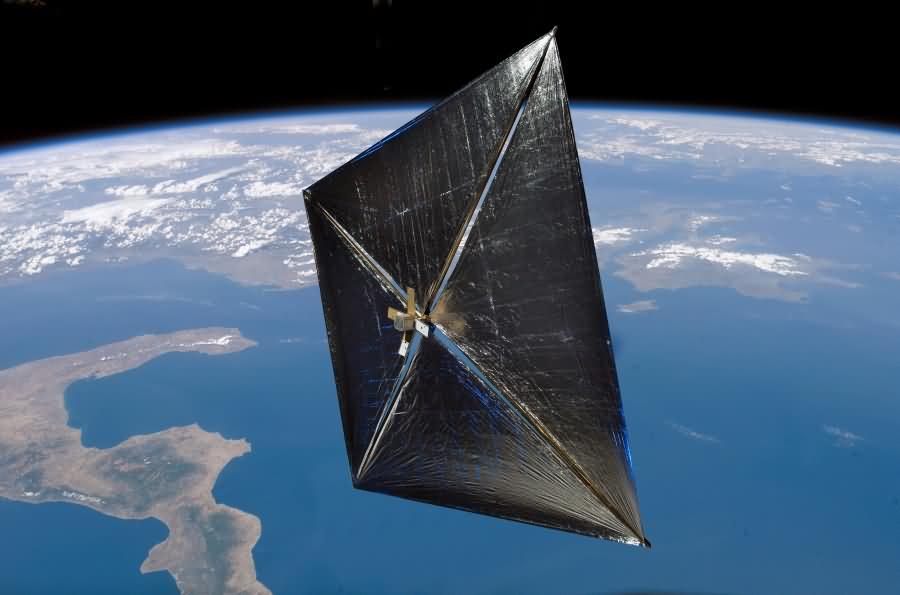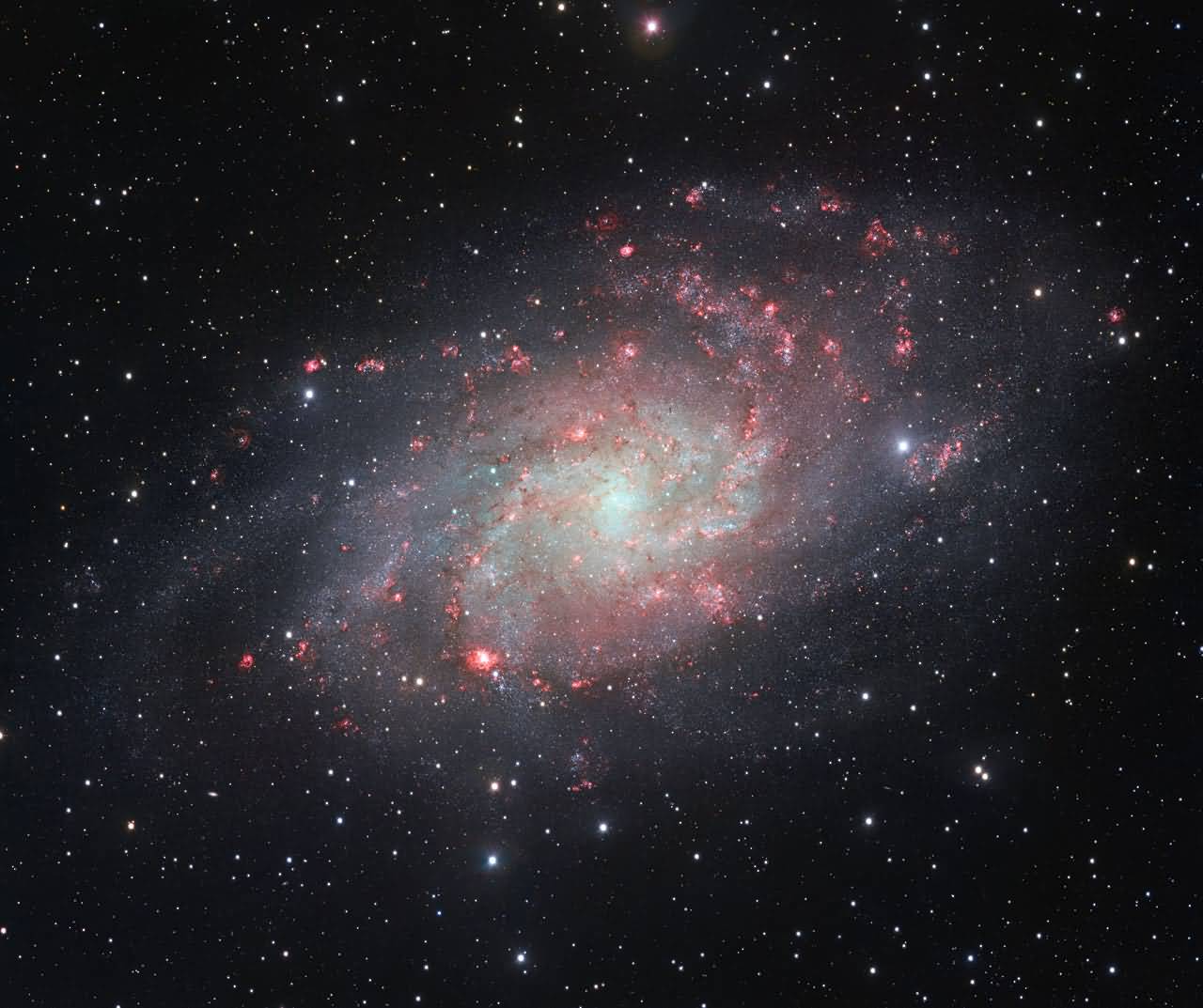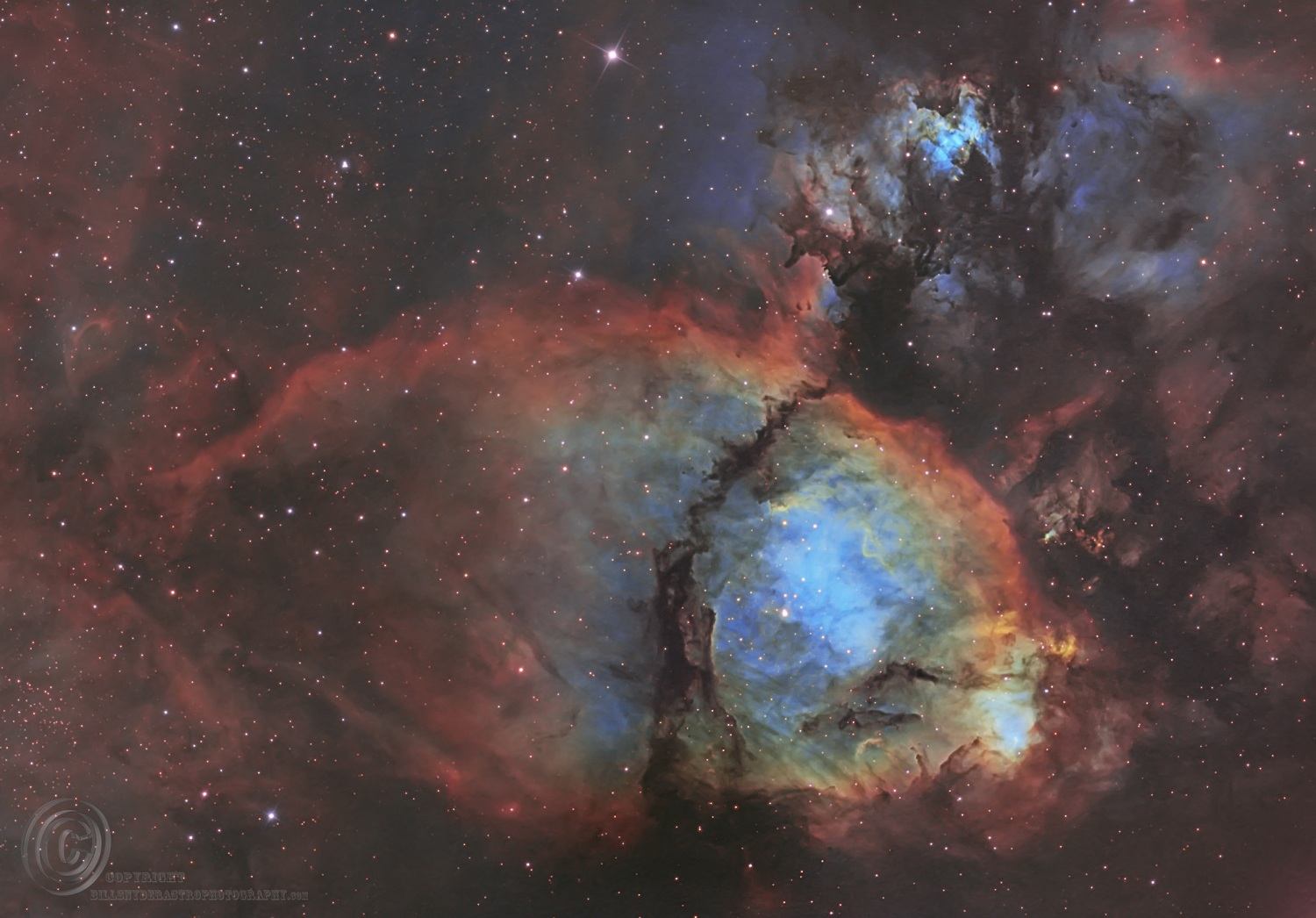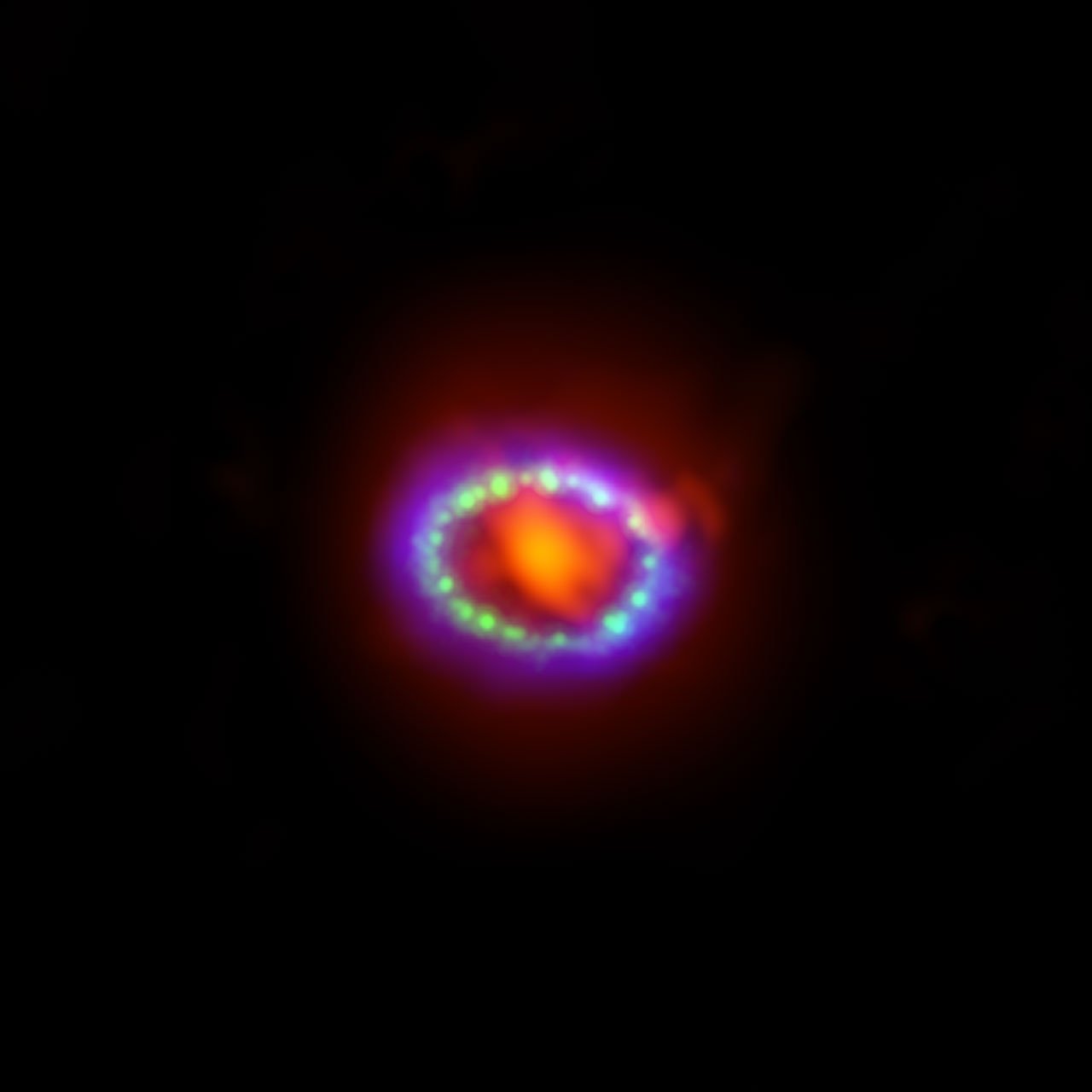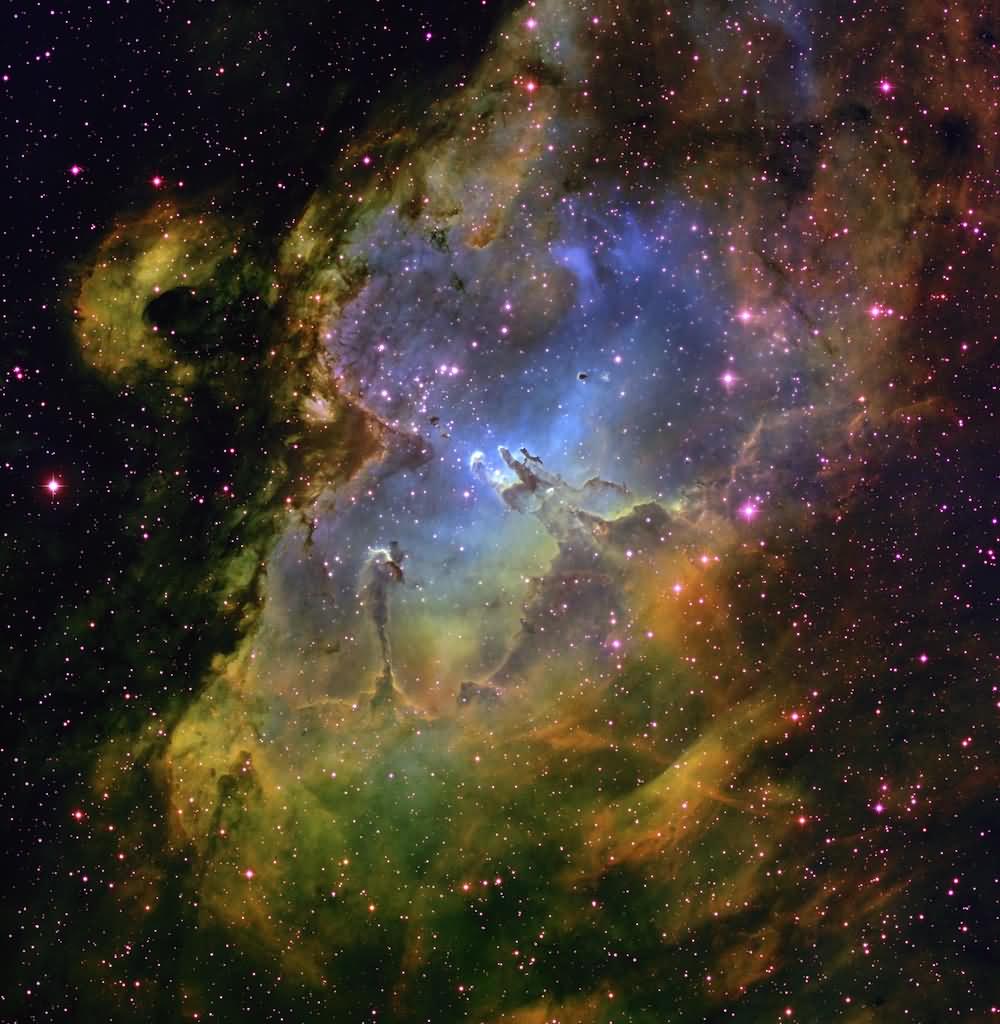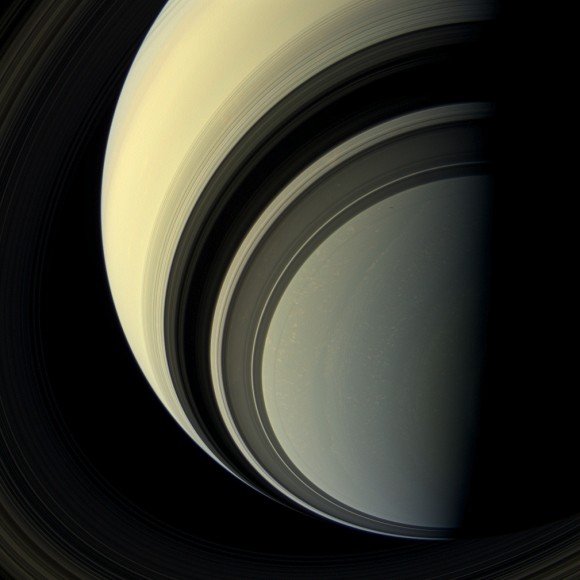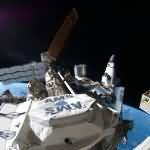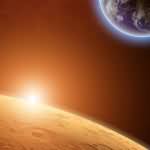The Timeline of the Universe -Part 2-
Hello friends.
Previous The Timeline of the Universe -Part 1- In this follow-up article, I will write about the remaining five stages. These are, in order:
- Death of Stars and New Elements
- Protoplanetary Disks
- Formation of Planetoids and Condensation of Protoplanets
- Formation of Planets Like Jupiter and Earth
- Chemistry of Life
Death of Stars and New Elements
We've already mentioned that new elements are formed through nuclear fusion, initiated by high temperatures and pressures in the cores of stars. This allows stars to maintain their equilibrium by creating a repulsive force against their own gravity. However, we also mentioned that this nuclear fusion can produce up to the element iron. So, how do elements like gold, carbon, oxygen, and nitrogen form? Has this ever occurred to you? The answer is supernovas.
Higher-mass stars have a shorter lifespan because they burn their fuel more quickly due to their greater gravity. If the mass of a star whose nuclear fusion has stopped is 1.35 times the mass of the Sun, a supernova explosion will occur. We already know that the first generation of stars were all massive superstars. There are various types of supernova explosions, such as Type Ia, Type Ib, Type Ic, Type IIP, and Type IIL. There are also explosions even larger than supernovas, such as hypernovas, but we won't go into that.
Supernova explosions are so powerful that their effects can last for weeks or months. During this time, their luminosity can reach a hundred million times that of the Sun, and their energy can be equivalent to the energy the Sun emits in 10 billion years. Elements such as carbon, oxygen, and gold are formed through these explosions. Some elements are even formed through hypernovas, which occur when a supergiant star collides with a neutron star. The formation of some elements is still unknown. These elements, which we see in intergalactic space, stars, planets, and nebulae, were formed in this way.
Protoplanetary Disks
First, let's define it. A protoplanetary disk is a rotating disk of dense gas surrounding a newly forming protostar. Protostars are composed of molecular clouds. We discussed this in the previous article, "Star Birth in Nebulas." After a protostar forms, the surrounding gas becomes even denser and, under the influence of the protostar's gravity, begins to gain momentum. This momentum and condensation form a disk. This process takes approximately 100,000 years. At this point, the protostar has not yet initiated nuclear fusion and begun to emit light, so the protoplanetary disk is invisible. In this state, it can be observed through infrared filters.
Once the protostar begins to glow, the protoplanetary disk becomes visible. This state typically lasts for an average of 10 million years before being dispersed by the star's winds. The Hubble Space Telescope has made numerous observations of our galaxy. For example, numerous protoplanetary disks have been observed in the Orion Nebula.
Protoplanetary disks, whose rotation is in the same direction as the protostar, can be up to 20 times the size of our solar system.
Formation of Planetoids and Condensation of Protoplanets

An artist's rendering of a protoplanetary disk. In this work, we can see planetesimals gravitationally formed within the protoplanetary disk.
Figure 3: Artist's rendering of a protoplanetary disk. Here we can see planetesimals gravitationally formed within the protoplanetary disk.
As the protoplanetary disk rotates with the protostar, gravity helps condense gases and form planetesimals. Heavy elements and metals near the star can withstand the stellar winds and high temperatures; however, lighter elements, metals (e.g., water), and gases (e.g., hydrogen) are dragged to the outer regions by these winds and high temperatures. (Note: In astronomy, the word "metal" encompasses all elements and molecules except hydrogen and helium.) Solid matter, under the influence of gravity, collides with each other, forming larger structures and forming planetesimals. The number of these will increase daily.
Formation of Planets Like Jupiter and Earth

Differences in the mass distribution in protoplanetary disks, stellar winds, and the temperature of the star determine where and how large the planets will form.
Differences in mass distribution in protoplanetary disks and stellar winds, influenced by the temperature of the star, determine where and how large planets will form.
Rocky and metallic planetoids in the inner core of star systems form Earth-like planets with molten interiors. Earth-like planets release their heat into empty space, forming their hard outer shells. They can also become completely solid over a very long period of time. The energy in our Earth's core is actually generated by the collisions and compressions it experienced during its formation 4.5 billion years ago. The impact of numerous rocky and icy asteroids also brought many more elements to their surfaces. In our star system, icy asteroids are thought to originate from the outermost layer, the Oort cloud, located approximately 0.9 light-years from the Sun.
In the outer regions, planetoids, which are not rocky or metal-free but composed primarily of gases and icy substances like water, form Jupiter-like planets. These planets either have an icy surface formed around a gaseous core without a solid core, like Neptune, or are entirely gaseous, like Jupiter and Saturn.
Chemistry of Life

It has been discovered that the building blocks of life, such as complex carbon structures and amino acids, can form in planet-forming nebulae in intergalactic space. The universe appears to possess the raw materials, the materials necessary for the formation of deoxyribonucleic acid, or DNA, in many places, enabling life to emerge.
The universe appears to have the raw materials and materials needed to form DeoxyriboNucleic Acid (DNA for short), which makes life possible.
It has been discovered that complex carbon structures and the basic building blocks of life, such as amino acids, can form in intergalactic nebulae that contain planetary formation.Scientists Discover Cosmic Factory That Produces the Building Blocks of Life“ I also translated a news article about this in my article. The universe appears to have the raw materials and materials needed to form DeoxyriboNucleic Acid (DNA for short), which makes life possible. We've never found definitive evidence that life began on Earth, but there are many plausible hypotheses about it. The theory of abiogenesis is a prominent one.
Scientists have long since stopped asking the question, "Is there life in space?" They consider it a certainty. Now, they're questioning whether there are other intelligent life forms in the universe. But, contrary to what many believe, this question doesn't constitute evidence for UFOs or aliens visiting Earth.
It's estimated that there are approximately 300 billion stars in the Milky Way Galaxy alone. The number of planets is much higher. Statistical calculations have estimated that at least 50,000 planets have the conditions necessary for life. However, this does not involve intelligent life forms like humans, but rather simpler forms like bacteria and multicellular organisms. It's believed that a long evolutionary process spanning billions of years is necessary for intelligent life forms like humans. However, while bacteria exist that can survive in extreme environments like space, the possibility of extraterrestrial life is highly unlikely.
This concludes the series "The Timeline of the Universe." In my next article, I'll discuss the envisioned future of our universe.
Have a good read…




